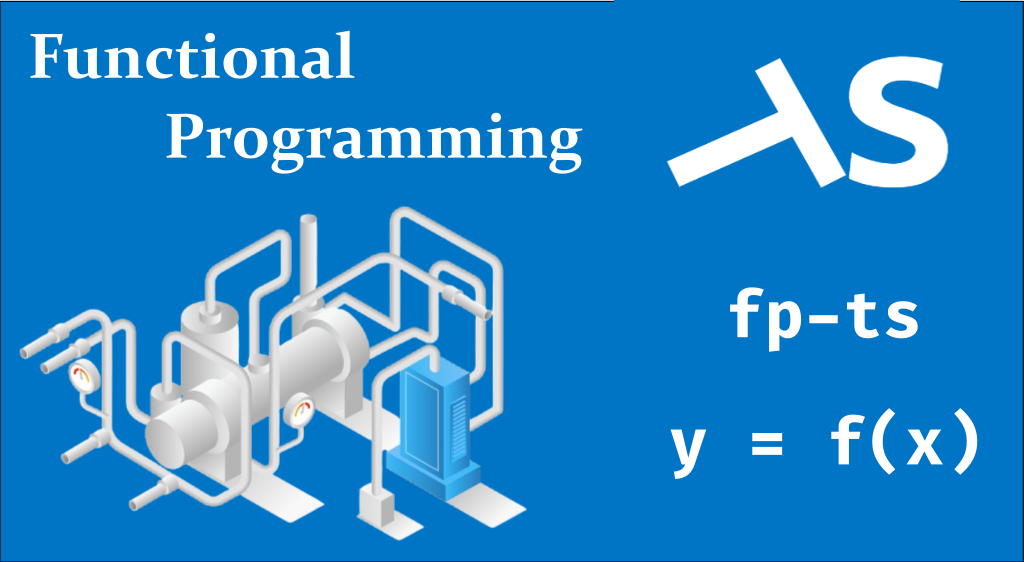
使用Comonad類別的時機在於新值的產生要利用上下文的內容,生命遊戲裏,每個細胞的生與死由周圍細胞的活著個數決定;而影像處理在進行影像強化、影像模糊…等影像轉換時,都必須依賴每一像素周圍的值來計算新的影像,這兩者的情境都適合Comonad類別上場,今天就用Comonad類別的另一個模組Store來處理生命遊戲與影像處理。
Store型別容器的定義如下:
interface Store<S, A> {
readonly peek: (s: S) => A
readonly pos: S
}
其中:
peek: 將型別 S 的狀態轉換成型別 A 的函數pos : 當前的狀態const extract: <E, A>(wa: Store<E, A>) => A = (wa) => wa.peek(wa.pos)
const extend: <E, A, B>(f: (wa: Store<E, A>) => B) => (wa: Store<E, A>) => Store<E, B> = (f) => (wa) => ({
peek: (s) => f({ peek: wa.peek, pos: s }),
pos: wa.pos
})
現在開始實作今天的Grid Store,首先定義型別S是代表坐標[number, number]的元組,而Store則由下列函數產生:
const createGridStore = (matrix: number[][], pos: Pos): Grid => ({
peek: ([x, y]) => matrix[y]?.[x] ?? 0,
pos,
});
extract(s: Grid)會取得矩陣中pos位置的值。
接下來我們要替matrix中的每個位置將它的九宮格鄰居的值放在一個陣列之中,所以函數neighbors的型別是Grid => number[]。
type Neighbors = ({ peek, pos }: Grid) => number[];
const neighbors: Neighbors = ({ peek, pos: [x, y] }) =>
pipe(
A.sequence(A.Applicative)([mask, mask]),
/**
* 上一步得到的陣列如下所示:
* [
* [-1, -1], [-1, 0], [-1, 1]
* [ 0, -1], [ 0, 0], [ 0, 1]
* [ 1, -1], [ 1, 0], [ 1, 1]
* ]
*/
A.map(([dx, dy]) => peek([x + dx, y + dy]))
);
Rule型別則是Grid => number,可以做為extend的參數,這裏我們先給一個生命遊戲的規則,如果這個位置的生命是活的,而且鄰居有2個或3個活著,則這個位置繼續活著;如果這個位置是死的,但是鄰居有3個人活著,那這個位置也是活著;其它的情形,這個位置便會死去。
type Rule = (s: Grid) => number;
const lifeRule: Rule = (s) => {
const alive = S.extract(s);
const count = A.reduce(0, (a, b: number) => a + b)(neighbors(s));
if (alive === 1 && (count === 3 || count === 4)) return 1;
if (alive === 0 && count === 3) return 1;
return 0;
};
我們的演化矩陣(evolve)會接受一個規則參數,然後回傳一個number[][] => number[][]的函數。
type Evolve = (rule: Rule) => (matrix: number[][]) => number[][];
const evolve: Evolve = (rule) => (matrix) => {
const height = matrix.length;
const width = matrix[0].length;
return Array.from({ length: height }, (_, y) =>
Array.from({ length: width }, (_, x) =>
pipe(
createGridStore(matrix, [x, y]), // 輸出是Grid型別
S.extend(rule), // 根據規則, extend :: Grid -> Grid
S.extract // 提取所在位置的值, extract :: Grid -> number
)
)
);
};
最後要將矩陣的內容呈現在Terminal上,Render是number[][] => string型別的函數,我們先定義了一個Render型別的binaryRender函數。
type Render = (matrix: number[][]) => string;
const binaryRender: Render = (matrix) =>
matrix
.map((row) => row.map((cell) => (cell === 1 ? '⬜' : '⬛')).join(''))
.join('\n');
然後定義我們的delay和forever函數。
const delay = (ms: number) => new Promise((r) => setTimeout(r, ms));
const forever = async (
step: (iteration: number) => Promise<void>,
ms: number,
iteration: number = 0
): Promise<never> => {
await step(iteration);
await delay(ms);
return forever(step, ms, iteration + 1);
};
最後是我們的主程式generateGrid,它需要一個Rule型別的參數和一個Render型別的參數,程式裏我們用readline模組從在Terminal中讀取鍵盤,我們還需要一個能產生一個只有0和1的矩陣的函數,以下是完整的程式碼。
const genRandomMatrix =
(f: () => number) =>
(width: number, height: number): number[][] =>
pipe(
A.replicate(height, undefined), // replicate height times
A.map(() => pipe(A.replicate(width, undefined), A.map(f)))
);
const randomMatrix = genRandomMatrix(() => (Math.random() < 0.3 ? 1 : 0))
const generateGrid =
(rule: Rule) =>
(render: Render): Task<void> =>
async () => {
const width = 30;
const height = 15;
let matrix = randomGrayMatrix(width, height);
let paused = false;
const rl = readline.createInterface({
input: process.stdin,
output: process.stdout,
});
readline.emitKeypressEvents(process.stdin, rl);
if (process.stdin.isTTY) process.stdin.setRawMode(true);
type AcceptedKey = 'p' | 'q' | 'r';
const acceptedKeys = ['p', 'q', 'r'];
const handleKeyPressed = {
q: () => {
rl.close();
process.exit(0);
},
p: () => {
paused = !paused;
},
r: () => {
matrix = randomMatrix(width, height);
},
};
process.stdin.on('keypress', (_, key) => {
if (!key || !acceptedKeys.includes(key.name)) return;
handleKeyPressed[key.name as AcceptedKey]();
});
await forever(async (gen) => {
if (!paused) {
console.clear();
console.log(`Generation ${gen} — [p]ause [r]eset [q]uit`);
console.log(render(matrix));
matrix = evolve(rule)(matrix);
}
}, 1000);
};
generateGrid(averageRule)(grayRender)();
將每個像素的值用周圍鄰居值的平均取代是影像處理常用的技巧,它可以我們的影像變得模糊,在這裏我們提供了averageRule、grayRender以及灰階值矩陣的函數(randomGrayMatrix),可用來取代lifeRule、binaryRender和randomMatrix。
const averageRule: Rule = (s) =>
pipe(
neighbors(s),
A.reduce(
[0, 0] as [number, number],
([sum, count], v) => [sum + v, count + 1] as [number, number]
),
([sum, count]) => sum / count
);
// 轉換 0–127 至 ANSI 灰階顏色碼 232–255
const valueToColorCode = (v: number): number =>
232 + Math.floor((v / 127) * 23);
const reset = '\x1b[0m';
const grayRender: Render = (matrix) =>
pipe(
matrix,
A.map((row) =>
pipe(
row,
A.map((v) => {
const color = valueToColorCode(v);
return `\x1b[48;5;${color}m ${reset}`;
}),
(rowStr) => rowStr.join('')
)
)
).join('\n');
const randomGrayMatrix = genRandomMatrix(() => randomInt(0, 127));
\x1b[48;5;${color}m ${reset}這一段字串的解釋如下:
以上是今日全部的程式碼,有興趣的朋友可以試試,看看像素的變化,你也可以設計別的Rule來,看看有什麼不同的效果。
利用上下文計算的情境在時間序列的問題常常遇到,在機器學習的領域中,LSTMI(Long Short-Term Memory),RNN的類神經網路架構,甚至是Transformer都有上下文計算的情境中,相信Store或Comonad類別都有發揮的機會。希望今天分享的內容能讓你對Store初步的認識,也能對Comonad這個類別及其相關的函數(extract, extend)有更熟悉的感覺。
今天分享的內容就到這裏,明天再見。
